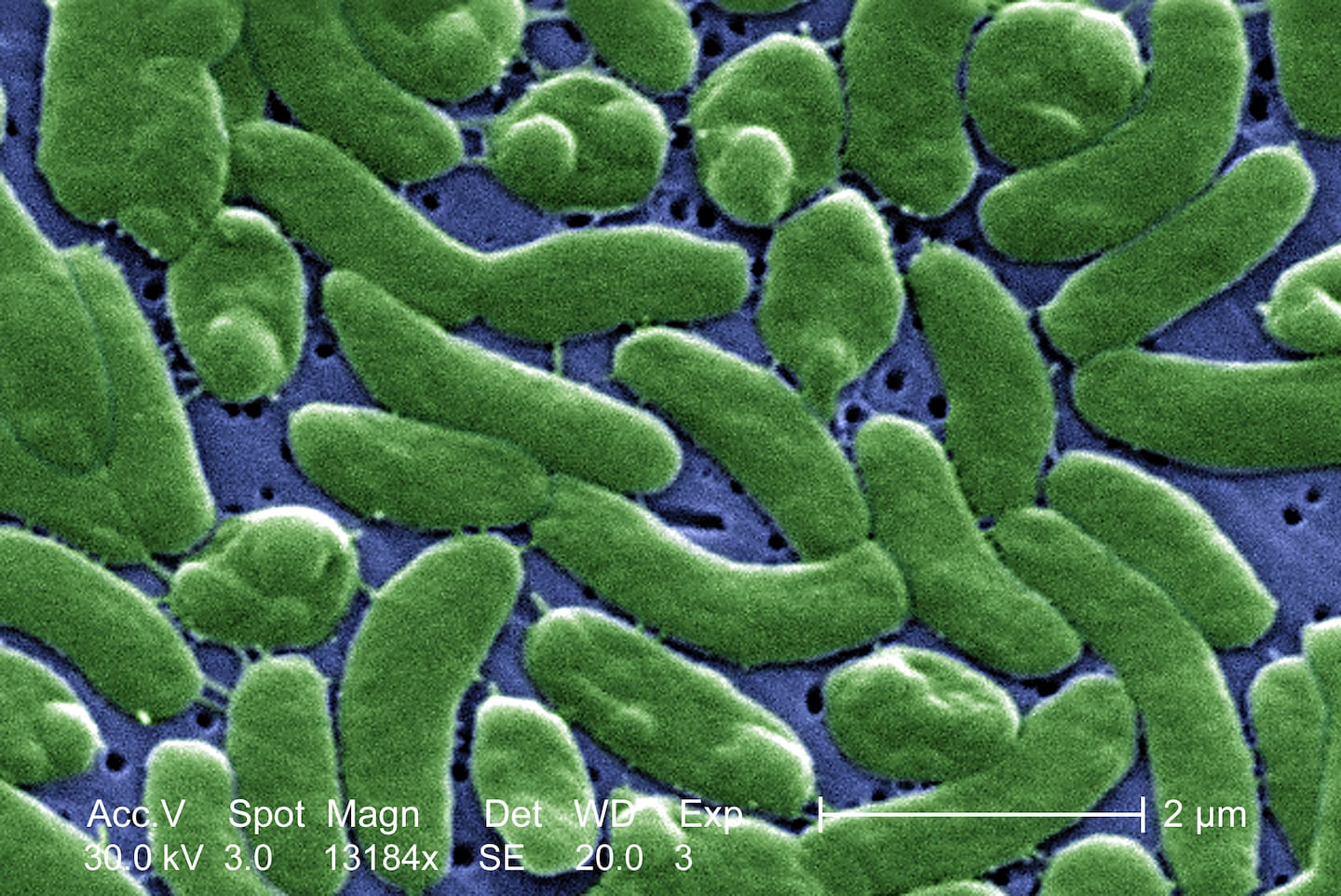Infection
CDC warns doctors to look out for rare, deadly flesh-eating bacteria
The Centers for Disease Control and Prevention on Friday issued a national alert warning health-care professionals to watch out for infections of Vibrio vulnificus, a rare flesh-eating bacteria that has killed at least 13 people on the eastern seaboard this year.
Although infections from the bacteria have been mostly reported in the Gulf Coast, infections in the Eastern United States rose eightfold from 1988 to 2018, the CDC said. In the same period, the northern geographic range of infections has increased by 30 miles every year. This year’s infections came during a period of above-average coastal sea surface temperatures, the agency said.
Up to 200 people in the United States every year report Vibrio vulnificus infections to the CDC. A fifth of the cases are fatal, sometimes within one or two days of the onset of illness, according to the agency.
“V. vulnificus wound infections have a short incubation period and are characterized by necrotizing skin and soft tissue infection,” it said. The CDC says many people infected with Vibrio vulnificus “require intensive care or limb amputations,” and that some infections lead to what is called necrotizing fasciitis, a severe infection in which the flesh around an open wound dies.
Friday’s warning urges health-care providers to consider the bacteria as a possible cause of infected wounds, particularly if patients were exposed to warm coastal waters during hotter months. “Extreme weather events, such as coastal floods, hurricanes, and storm surges, can force coastal waters into inland areas, putting people that are exposed to these waters” at increased risk of Vibrio wound infections, the CDC said.
This year, health officials have reported at least one death linked to the bacteria in New York; two in Connecticut; three in North Carolina; and seven in Florida.
Vibrio vulnificus is primarily transmitted when an open wound comes into contact with salt water or brackish water, the CDC said, adding that person-to-person transmission has not been reported. Those with underlying health conditions such as liver disease, diabetes and immunocompromising conditions are at higher risk of wound infection.
In around 10 percent of cases, the bacteria infect those who have eaten raw or undercooked shellfish.
The bacteria thrives in warmer waters, especially between May and October, and “in low-salt marine environments like estuaries,” according to the CDC.
The agency advises people with an uncovered wound or cut to avoid swimming in saltwater or brackish water. “If you get a cut while you are in the water, leave the water immediately,” it said.
The CDC recommends the use of waterproof bandages. Other advice to avoid infection includes cooking shellfish before eating them and washing hands with soap after handling raw shellfish.

